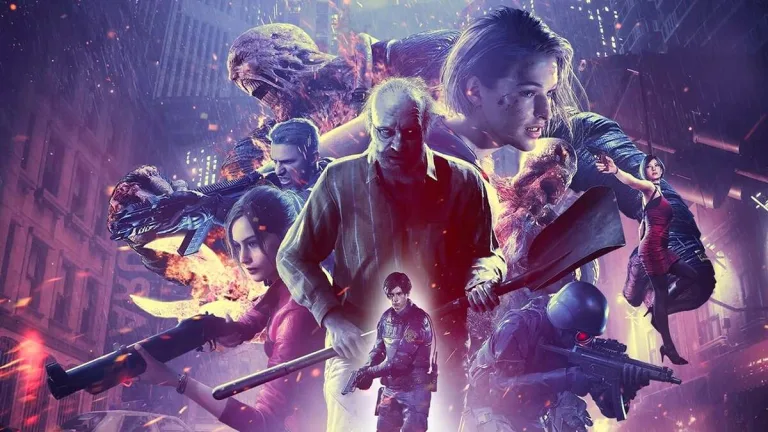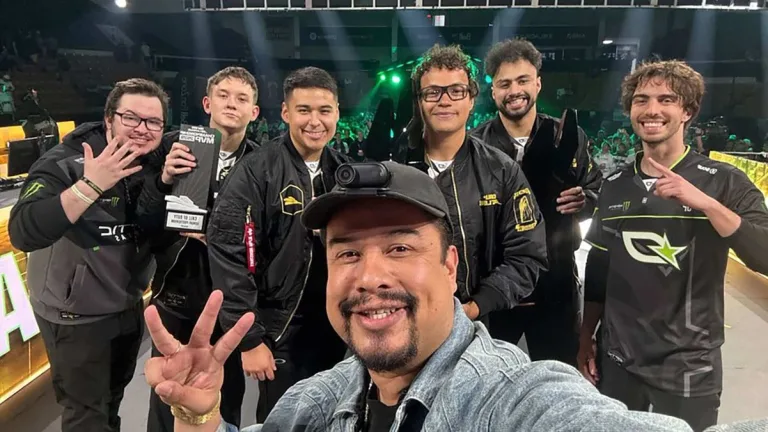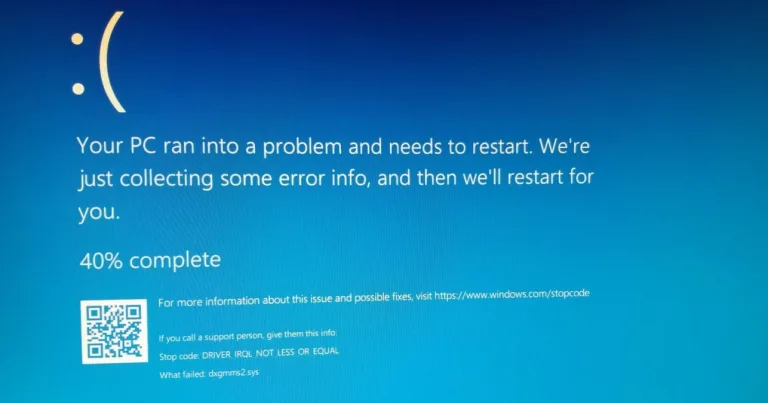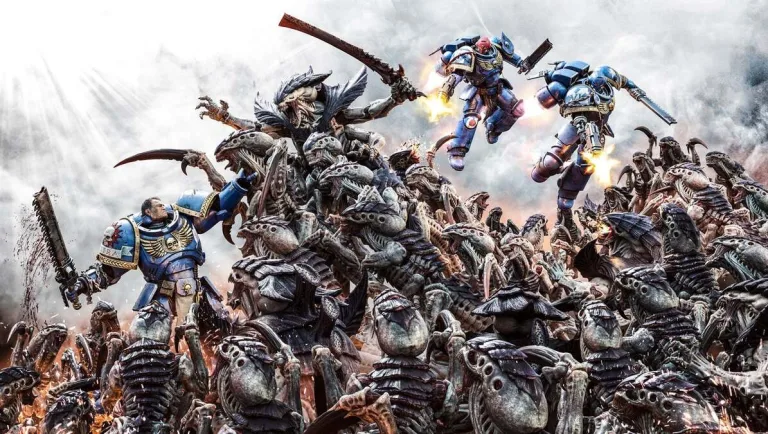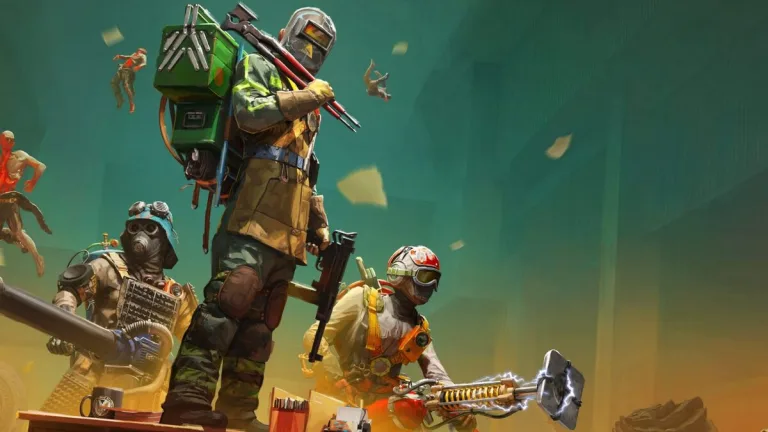On June 29, 2025, Capcom quietly flicked the switch off for Resident Evil Re:Verse, bringing an online...
Day: June 30, 2025
In a weekend defined by jaw-dropping turns and unrelenting intensity, OpTic Texas etched its name into Call...
For PC gamers, the Blue Screen of Death (BSOD) wasn’t just a system crash—it was a rage-quit...
Nintendo returns to the racetrack with Mario Kart World, launching it alongside its latest console in a...
Warhammer 40,000: Space Marine – Master Crafted Edition might be quite a mouthful to say, but the...
FBC: Firebreak is the latest entry in the Control and Alan Wake universe, but with a multiplayer...


